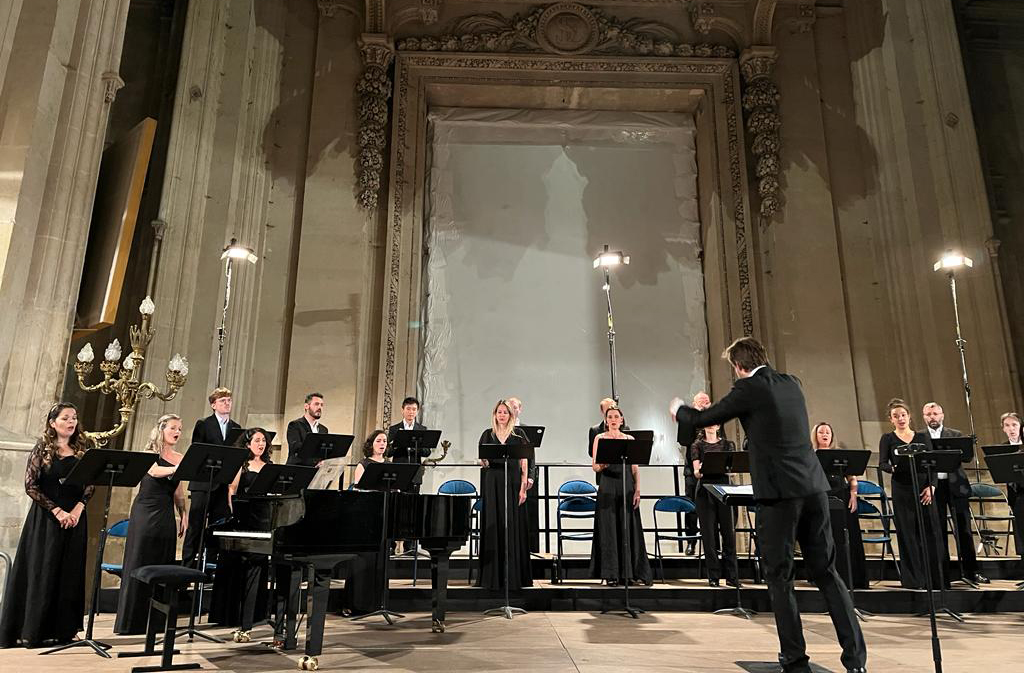
Das atmende Klarsein inaugurates Luigi Nono’s latest style. The Venetian master exalts the ruin of our certainties, a new listening, made of silences and fragile and incredible sounds, an attention to space and to the possible, always on the way and where song is existence.
In 1912, at Duino Castle, on the steep shores of the Adriatic, Rainer Maria Rilke began writing ten elegies. As if called by a voice, he unfolds the themes of the angel, solitude, salvation, love or the Open. Luigi Nono took from it, in 1981, the title and poetic fragments of a work for choir, bass flute and live electronics: the “breathing clarity”, after a late storm, gives his sounds a sumptuous and ethereal transparency. While he created his first work at the Freiburg studio, with the most advanced technology of his time, the composer also turned to another literary source, Greek: the ancient Orphic lamellae. From the swamp of the goddess Mnemosyne, near a white cypress, once flowed the fresh water of a memory of the origin, soothing the burning of thirst. Opposite, chromatic motets by Roland de Lassus, extracted from the Prophecies of the Sibyls, recall Luigi Nono's close link to Franco-Flemish polyphonies and to this Renaissance, of which he studied a number of treatises and musical manuscripts at the Marciana Library of Venice.
DAS ATMENDE KLARSEIN
Luigi Nono, Das Atmende Klarsein, for choir, flute and electronic
Roland de Lassus, Les prophéties de la Sybille for choir
Niccolo Castiglioni, Musica Vneukokvahja for piccolo
Les Métaboles
Matteo Cesari, solist of Ensemble Multilatérale
SWR Experimentalstudio, electronic
Léo Warynski, direction
